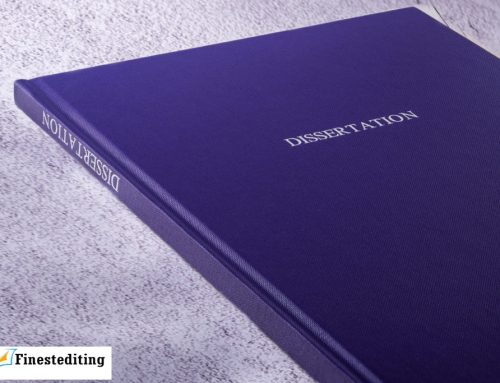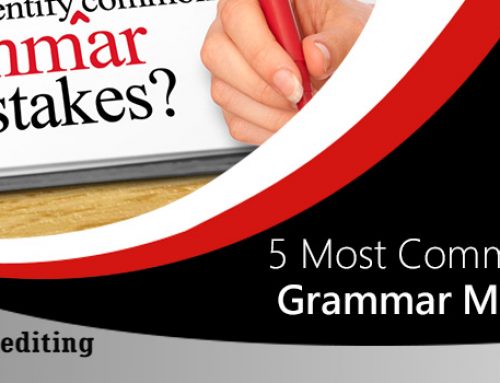What Are Transitions?
Transitions are mostly words or phrases that prepare the reader for the new information coming their way. Transitions work as links in-between paragraphs and pieces of information to make the writing flow smoothly.
What Is The Importance Of Transitions?
Transitions are a big part of writing. Be it academic writing or professional writing, transitions are used in both of them. Whatever you write, the main aim of writing is to make sense of what you have written to the readers. Transitions help you write clearly and explain things in a proper manner. With transitions you can swiftly introduce new ideas and successfully link them to the previous ones. That’s why transitions are very important in your writing. With them your text will not be an overload of information but even point will be discussed in a fluent manner. The readers will be informed with the help of the transition about what they are supposed to do with the information for example if the transition says ‘to summarize’ it means that all the previous information is now going to be concluded and a summary will be presented. Transitions can also be used in between ideas to link them. Transitions are not just words to link sentences but they also help the reader understand what this new piece of information will talk about. For example there are transitions that help you compare and contrast ideas, there are also transitions that help you add in more information and prolong your argument. Transition words and phrases have meanings of their own and contribute more to the text.
How Do Transitions Work?
Many writers are unfamiliar with the correct usage of transitions. This blog will help you learn how transitions work, the appropriate place for them and the different types of transition words.
Your writing’s structure consists of two key points:
- The order of the arguments or points you have written.
- The connection between these points.
A good piece of writing has a strong structure; all your points should be mentioned without crowding the script. Transitions cannot help you completely change a weak structure but they can help you make the structure more flexible rather than rigid. A few additions of words and phrases can help you link the points together and make the content flow. When you are making the outline, you can write the topic sentences for each paragraph then write the transition words with in the outline so that you can introduce new ideas or oppose the one discussed previously within the outline. If your outline is detailed it will help you a lot with the writing. Your structure will be stronger and everything will make a clear meaning.
If your writing feels choppy or is unorganized, then you need to add more transitions. If your essay is a long one, then to make sure it stays relevant throughout and is not just a combination of random facts, you must add more transitions. Here are some places that demand you to use transitions:
- In-between Paragraphs
As per basic rules of writing, each paragraph talks about a new point or a new side of the argument. The point can be in agreement of the previous one or it can also contradict it. Thus it is essential to start the new paragraph with a transition. Using a transition will alert the reader that you are introducing something new. These type of transitions are believed to be complex and as they completely transition from one main idea to the next. These transitions also play a big role in the structure of the content as they separate paragraphs.
- In-between Sentences
Transitions that are used in-between sentences are usually base on one word. These words help you add in more information within the same paragraph. They link the sentences together and make sense of them. For example: however, therefore etcetera.
- Transitions In-between sections
This type of transition takes place when the writing is divided into two sections. For example if it is an argumentative essay then the half of the essay would be based on one opinion and the other one should be based on the other opinion. To transition from one opinion to the other you have to use transition phrases r words such as: on the contrary, in contrast and on the other side of the fence.
Types Of Transition Words And Their Purpose
- To Add
There are several transitional words and phrases that mean adding more information on the same topic. It can also mean taking the topic towards a new direction but in a subtle way.
Here are some examples:
- Additionally
- In addition
- Furthermore
- Similarly
- Moreover
- Besides
- To Compare
Transitional words are also used to compare two different things or ideas. These transition words are used to compare the two ideas based on their similarities. You can use the following examples in your text:
- In a similar fashion
- Likewise
- Equally
- As with
- In the same way
- By the same token
- To Contrast
Contrasting transition words are the exact opposite of comparing transitional words. They oppose different ideas based on their differences.
Here is a list of examples:
- On the other hand
- On the contrary
- On the other side of the coin
- Even though
- Albeit
- Despite
- To Show Time
These transition words help you tell your audience what happened when.
For example:
- Back then
- Nowadays
- Meanwhile
- Simultaneously
- Previously
- Today
- To Emphasize
We need to make strong and valid points in our writing. To show their importance we need to put emphasis on them. Here is a list of examples:
- In fact
- Of course
- Surely
- More Importantly
- Certainly
- Indeed
- To Reflect
In order to reflect back on the points discussed ort to talk about a related point we use reflective transitions. Such as:
- As mentioned previously
- In reference to
- Regarding
- Concerning
- With this in mind
- More on the subject
- To Illustrate
In order to give further explanation or give examples we use illustrative transition words. Here is a list of examples:
- For example
- Such as
- To illustrate
- To demonstrate
- For Instance
- Specifically
- To Conclude
We need to give a comprehensive conclusion to whatever we have written. Here is a list of concluding transition words:
- In conclusion
- Concluding it
- In the end
- Ultimately
- In a nut shell
- To summarize it
These are some of the most useful transitions you can creatively use to shift from one idea to the other. In all your writing be it professional, academic or creative transition words can make it look more creative and compact. The importance of transition words can be observed by the importance editing services give to them. They edit your documents and add transition words wherever necessary. For example, Business Editing Services add different transition worlds that help you make your arguments sound more plausible and neatly organized with the help of transition words. In conclusion it is important to use transition words to make your writing more creative.








Leave A Comment